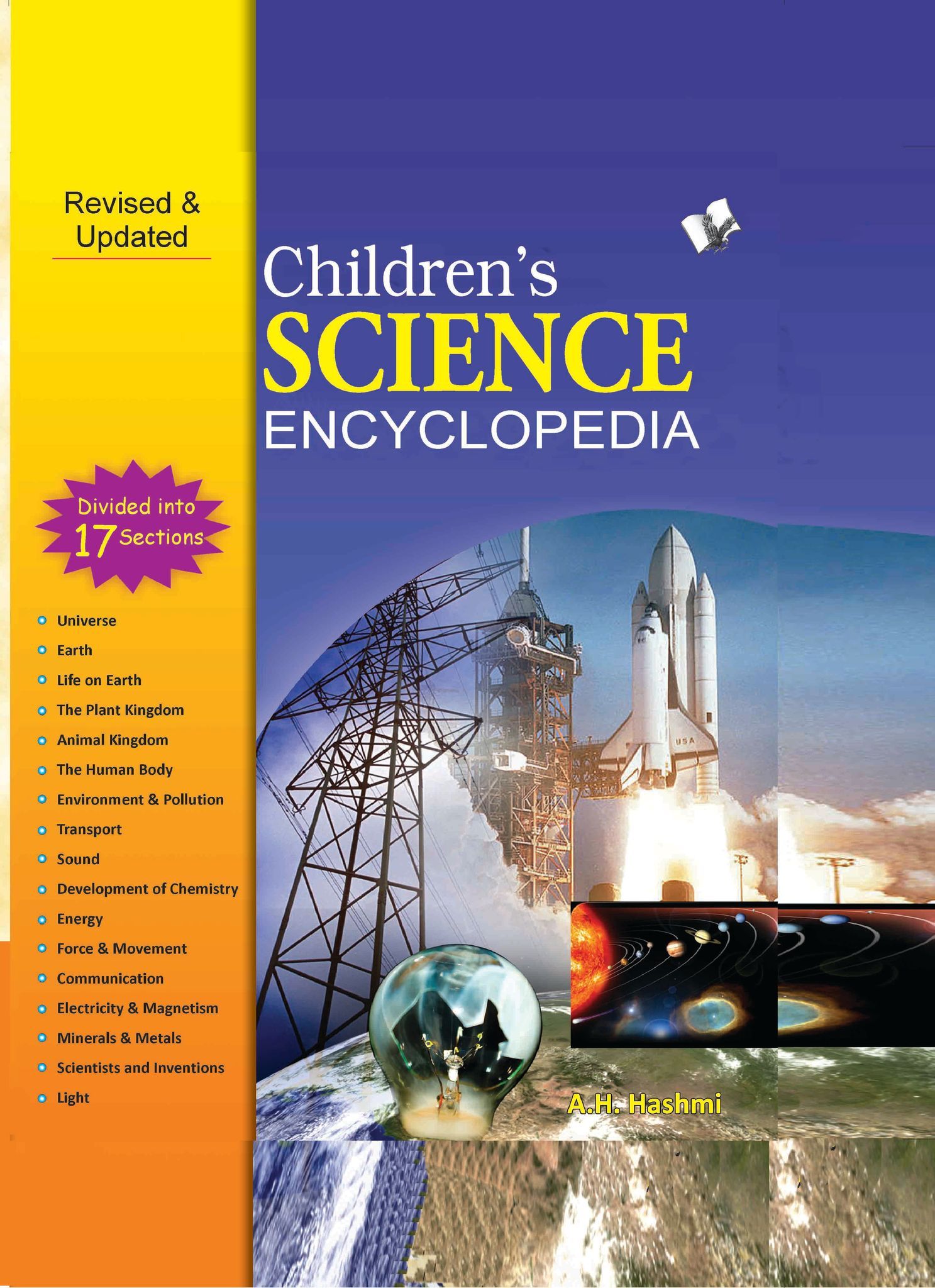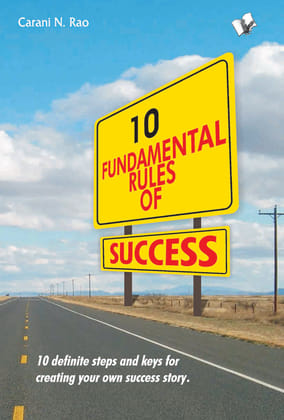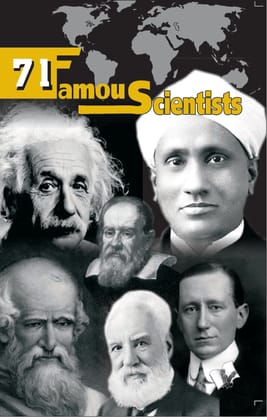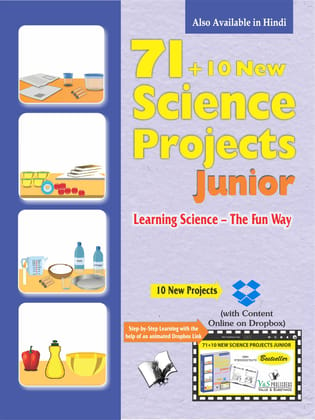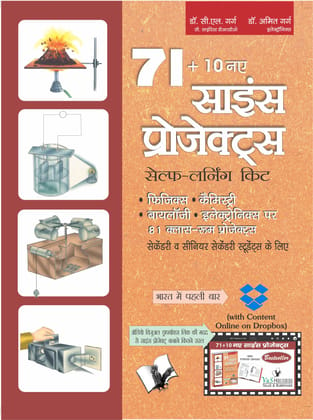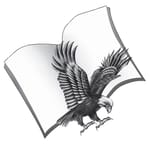Let your child learn about The Earth he lives on The Air he breathes in, The Light he reads in, The Light he reads in, The Body he has The Transport he travels by, The energy he works with, The Animals he is fascinated with, The Plants that he ...
Read MoreKey Attributes
| Country of origin | India |
|---|---|
| Brand | V&S Publishers |
| Colour | black |
| Net Quantity | 1 unit |
| Manufacturer or packer name | V&S Publishers |
Let your child learn about The Earth he lives on The Air he breathes in, The Light he reads in, The Light he reads in, The Body he has The Transport he travels by, The energy he works with, The Animals he is fascinated with, The Plants that he needs for food and innumerable reasons, The use of Mineral and Metals which form an essential part of his daily routine, The magic of Chemistry, The great Scientists and their Inventions. #v&spublishers CONTENTS: 1. Universe 1.1 Space 1.2 atars 1.3 Pulsars, Black Holes and Quasars 1.4 Galaxies 1.5 The Sun 1.6 Teh Solar System 1.7 Mercury 1.8 Venus 1.9 Earth 1.10 T h e Moon 1.11 Mars 1.12 upiter 1.13 Saturn 1.14 Uranus 1.15 Neptune 1.16 Pluto 1.17 Asteroids 1.18 Meteors and Meteorites 1.19 Comets 1.20 Exploring Space 1.21 Journey to the Moon 2. Earth 2.1 Origin of the earth 2.2 Earth and the atmosphere 2.3Lithosphere or crust 2.4 Continents 2.5 Rock 2.6 Earthquakes 2.7 Mountain formation 2.8 Folds and faults 2.9 Volcanoes 2.10 Deserts 2.11 Geysers 2.12 Hot springs 2.13 Crater lakes . 2.14 Erosion 2.15 Oceans 2.16 Rivers 2.17 Waterfalls 2.18 Underground water 2.19 Caves and caverns, 2.20 Weather and climate 2.21 Fog, Mist and Snowfall 2.22 Clouds. 2.23 Rain 2.24 Cyclones 2.25 Glaciers 2.26 rctirce gions 2.27 Petroleum 3. Life on Earth 3.1 Geological Time 3.2 Fossils 3.3 Life in the Oceans 3.4 The Mesozoic Era 3.5 Dinosaurs 3.6 Flying Reptiles 3.7 Archaeopteryx-The First Bird 3.8 The Cenozoic Era 3.9 Plant Evolution 3.10 Early Mammals 3.11Early Man 4. The Plant Kingdom 4.1 The Plant Kingdom 4.2 Algae 4.3 Fungi 4.4 cteria 4.5 Bryophyta 4.6 Ferns 4.7 Gymnosperms and Angiosperms 4.8 Ecological Classification of Plants 4.9 Useful Roots 4.10 Underground Stems 4.11 Photosynthesis 4.12 Defoliation 4.13 Structure and Functions of a Flower 4.14 lnsectivorous Plants 4.15 Tallest Trees 4.16 Parasitic Plants 4.17 Types of Forests 4.18 Poisonous Plants 4.19 Uses of Plants 5. Animal Kingdom 5.1 Animal Kingdom 5.2 Protozoa and Metazoa 5.3 Molluscs 5.4 Insects 5.5 Crustaceans 5.6 Echinodermata 5.7 Pisces 5.8 Amphibians 5.9Reptiles 5.10 Birds 5.11 Mammals 5.12 Nests 5.13 Migration of Birds 5.14 Speeds of Animals 5.15 Maximum Lifespans of Animals 6. The Human Body 159-188 6.1 Living Cells 6.2 The Human Skeleton 6.3Muscles 6.4 The Blood System 6.5 Circulatory System 6.6 Heart 6.7 Skin 6.8 Brain 6.9 Digestive System 6.10 Excretory System 6.11 Respiratory System 6.12 Eye 6.13 Ears 6.14Teeth 6.15 New Life 7. Environment & Pollution 189-218 7.1 Ecology 7.2 The Living Planet 7.3Cycles of Carbon, Nitrogen, Oxygen and Hydrogen in Ecosystem 7.4 The Food Chain 7.5 Saving the Soil 7.6Acid Rain 7.7 Pollution 7.8 Air Pollution 7.9 Ozone Depletion 7.10 Water Pollution 7.11 Noise Pollution 7.12 Losing Forest 7.13 New Species 7.14 Wildlife Under Threat 8. Transport 8.1 lnvention of Wheel 8.2 Bicycle 8.3 Railways 8.4 Ships 8.5 Hovercraft 8.6Motor Car 8.7 Motor Cycle 8.8 Aircraft 8.9 Jet Plane 8.10 Helicopter 8.11 Space Shuttle 9. Sound 249-278 9.1 What issound? 9.2 Mechanical Waves 9.3 Shock Waves 9.4 Noise 9.5 Reflection of Sound 9.6 Doppler's Effect 9.7 Interference 9.8 Beats 9.9 Diffraction of Sound 9.10 Ultrasonic Waves 9.11 Bounded Medium 9.12 Vibrations of Air Columns 9.13 Stationary Waves 9.14 Characteristics of Sound 9.15 Resonance 10. Development of Chemistry 279-308 10.1 The Forefathers of Chemistry 10.2 Alchemy 10.3 Uses of Chemistry in Everyday Life 10.4 Branches of Chemistry 10.5 lnvention of Gases 10.6 Medicines 10.7 Vitamins and Hormones 10.8 Elements 10.9 Organic Chemistry 10.10Plastics 10.11 Chemical Fertilizers 10.12 The Atomic Theory of Matter 11. Energy 309-338 11.1 Energy 11.2 Solar Energy 11.3 Wind Generators 11.4 Hydroelectric Power 11.5 Geothermal Power 11.6Coal 11.7 Mineral oil and Petroleum 11.8 Fuel Gases 11.9 Nuclear Energy 11.10 Nuclear Reactors 12. Force & Movement 339-368 12.1 Displacement, Distance, Speed & Velocity 12.2 Centripetal and Centrifugal Force 12.3 Newton's Laws of Motion 12.4Jet Propulsion 12.5 Centre of Gravity and Equilibrium 12.6Universal Gravitation 12.7 Escape Velocity 12.8 Artificial Satellites 12.9 Rotation 12.10 Friction 12.11 Elasticity 12.12 Periodic Motion 12.13Simple Machines 12.14 Systems 13. Communication 369-398 13.1 Communication 13.2 Printing 13.3 Photography 13.4 Radio 13.5 Radar 13.6 Cinematography 13.7 Reproduction of Sound 13.8 Telephone Network 13.9 Fax 13.10 Satellite Communications 13.11 Television 13.12 Video 13.13 Computer 14. Electricity & Megnetism 399-428 14.1 Electrostatics 14.2 Atmospheric Electricity 14.3 Electric Supply 14.4 Electric Shock 14.5 Sources of Electromotive Force 14.6 Dry Cell and Lead Accumulator 14.7 Electric Bulb and Electric Heater 14.8 Electrolysis 14.9 Simple Circuit 14.10 Electric Generator and Electric Motor 14.11 Transformer 14.12 Magnets and Magnetic Field 14.13 Ferro-Magnetic Substances 14.14 Electromagnet 14.15 The Earth's Magnetism 15. Minerals & Metals 429-458 15.1 Minerals 15.2 Metals 15.3 Metallurgy 15.4 Gold 15.5 Silver 15.6 Iron 15.7 Copper 15.8 Manganese 15.9 Tin 15.10 Mercury 15.11 Aluminium 15.12 Lithium 15.13 Beryllium 15.14 Lead 15.15 Magnesium 15.16 Platinum 15.17 Uranium 16. Scientists and Inventions 459-488 16.1 Scientists and lnventions 16.2 Galileo Galilei (1564-1642) 16.3 Sir Isaac Newton (1642-1727) 16.4 Sir Humphry Davy (1778-1829) 16.5 Michael Faraday (1791-1867) 16.6 Charles Robert Darwin (1809-1882) 16.7 Friedrich Wohler (1800-1882) 16.8 Gregor Johann Mendel (1822-1884) 9. Louis Pasteur (1822-1895) 10. Friedrich August Kekule (1829-1896) 11. Thomas Alva Edison (1847-1931) 12. Albert Einstein (1879-1955) 13. Enrico Fermi (1901-1954) 14. J. Robert Oppenheimer (1904-1967) 15. Dr. Homi Jahangir Bhabha (1909-1966) 16. Great lnventions 17. Science and Technology 17. Light 489-518 1. Light2. Spectrum 3. Solar Spectrum and Electromagnetic Spectrum 4. Fluorescense and Phosphorescence 5. Refraction of light 6. Mirage 7. Lenses 8. Reflection of light 9. Sight and eye 10. World of colours 11. Microscopes and telescopes 12. Laser
| Country of origin | India |
|---|---|
| Brand | V&S Publishers |
| Material | cellulose |
| Colour | black |
| Common name | Books |
| Net Quantity | 1 unit |
| Manufacturer or packer name | V&S Publishers |
| Manufacturer or packer address | V&S Publishers F-2/16 Ansari Road, Darya Ganj New Delhi - 110170 |
| Manufacturing Date | 14-06-2011 |
| ISBN | 9.79E+12 |
| contact details consumer care | V&S Publishers , [email protected] |
